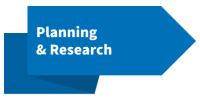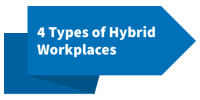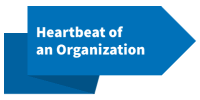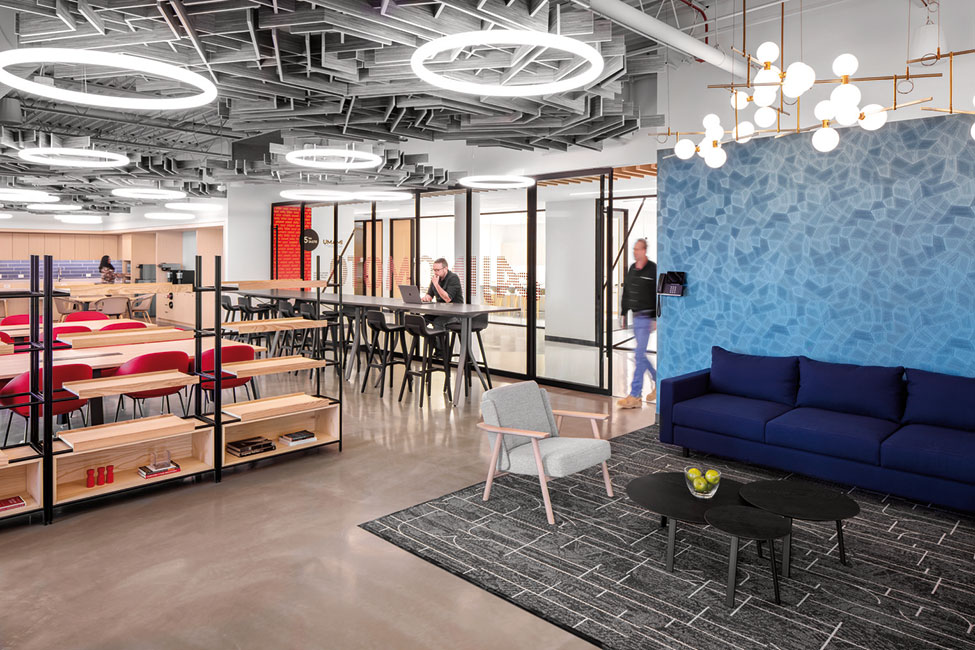
The physical workplace must be an experience that brings value to the day. Value is in the eye of the beholder. What individuals, teams, and leadership identify as essential to the workplace experience will likely vary — making decisions challenging.
Each organization needs to discover what workplace environment is right for their employees. With no “one-size-fits-all” approach, you need to gather feedback and data to inform strategy and policies that will unleash employee passion and ingenuity.
What’s in this guide:
Start with Planning & Research
Organizational leaders need to reflect on their experiences, aspirations, and the situation in the marketplace. Ask the following questions:
1. During COVID work-from-home, what’s worked well? What needs improvement?
2. How we worked vs. How we want to work? How do employees want to work?
3. Are we adequately supported with technology and connectivity?
4. What major shifts are competitors making in their workplaces? How can we use our strategy as a competitive advantage?
A dialog with employees helps discover unique ways to better enable work. Through interviews, surveys and analytics, interior designers and architects are facilitating in-depth conversations to define what hybrid means for organizations.
Solutions may vary from team to team and department to department. How you best enable work may be different for the information technology team compared to the accounting department. Good planning and research will identify nuances across stakeholder groups, addresses specific needs for control and work-life balance.
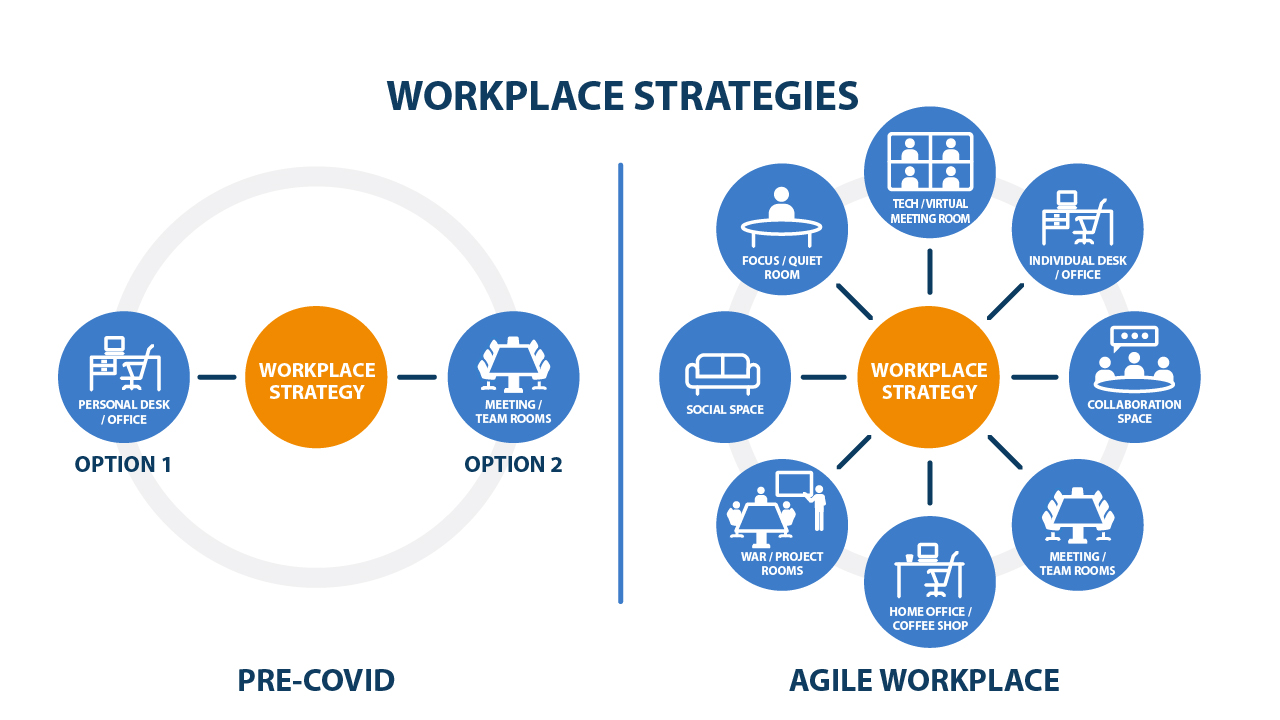
The Evolving Hybrid Workplace
Prior to the COVID catalyst, most physical workplaces were designed in a fixed, rigid model. While the new buzz words revolve around hybrid, the common objective centers on providing a Workplace strategy that respects employee work-life balance; is flexible and adaptable to change; and provides an experience that cannot be replicated on a virtual call.
Four Types of Hybrid Workplaces
For 18 months, work-from-home was the norm. Returning to the office AND a new hybrid workplace are a double whammy of change. The purpose of coming to the office is undergoing a seismic shift right now. How do you support this evolution?
First, identify what “hybrid” truly means for your organization. Definitions will be different from culture to culture. Workplace strategy is really a “Choose your Adventure” exercise where you look at your organization, groups, and individuals, and determine the right approach to hybrid work:
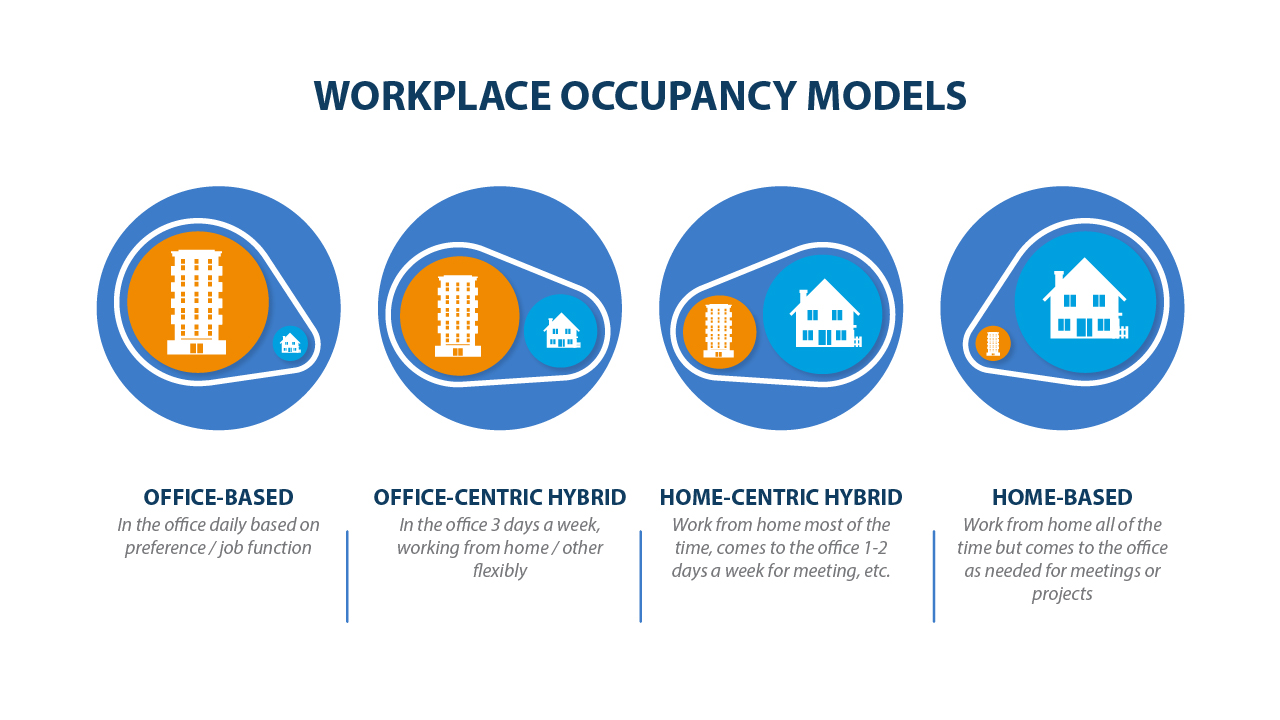
1. Office-Based – in the office most days.
2. Office Centric – in the office three days a week with the option to work at home.
3. Home-Centric Hybrid – work at home but the team comes into the office for meetings and collaboration.
4. Home-Based – work at home but come into the office when we need to for meetings.
The right strategy may vary by group or department within an organization. Rather than focusing on real estate optimization, consider what will provide the most effective working arrangement for employees. This personalized approach will drive retention and strengthen recruiting in a competitive market.
Hybrid Etiquette
With ongoing monitoring and research, you evolve hybrid-office etiquette through two lenses:
First, health and safety, including contact tracing, cleaning shared spaces, how people use the space post-pandemic.
Secondly, “how-to-do-hybrid” working etiquette. Managers must lead communications on how to engage with team members and encourage positive working etiquette.
- Seamless reservations for workspaces and conference rooms.
- Transparent communications with teams on when and where employees will be in the office.
- Rules of engagement for when employees are available and etiquette for when remote.
- Savvy use of technology (headsets, conference room connectivity).
- Equitable treatment of remote and part-time employees by managers and fellow employees.
The Heartbeat of the Organization
The workplace should be the heartbeat of your organization and enable employees with autonomy to choose where, when, and how they do their best work. The physical workplace is also where relationships are formed and nurtured, mentorship happens and culture evolves.
Innovative organizations are reducing individual dedicated workspaces along with storage heavy copy and supply rooms. As we look to optimize the physical workplace, we see a heightened need for the following types of spaces:
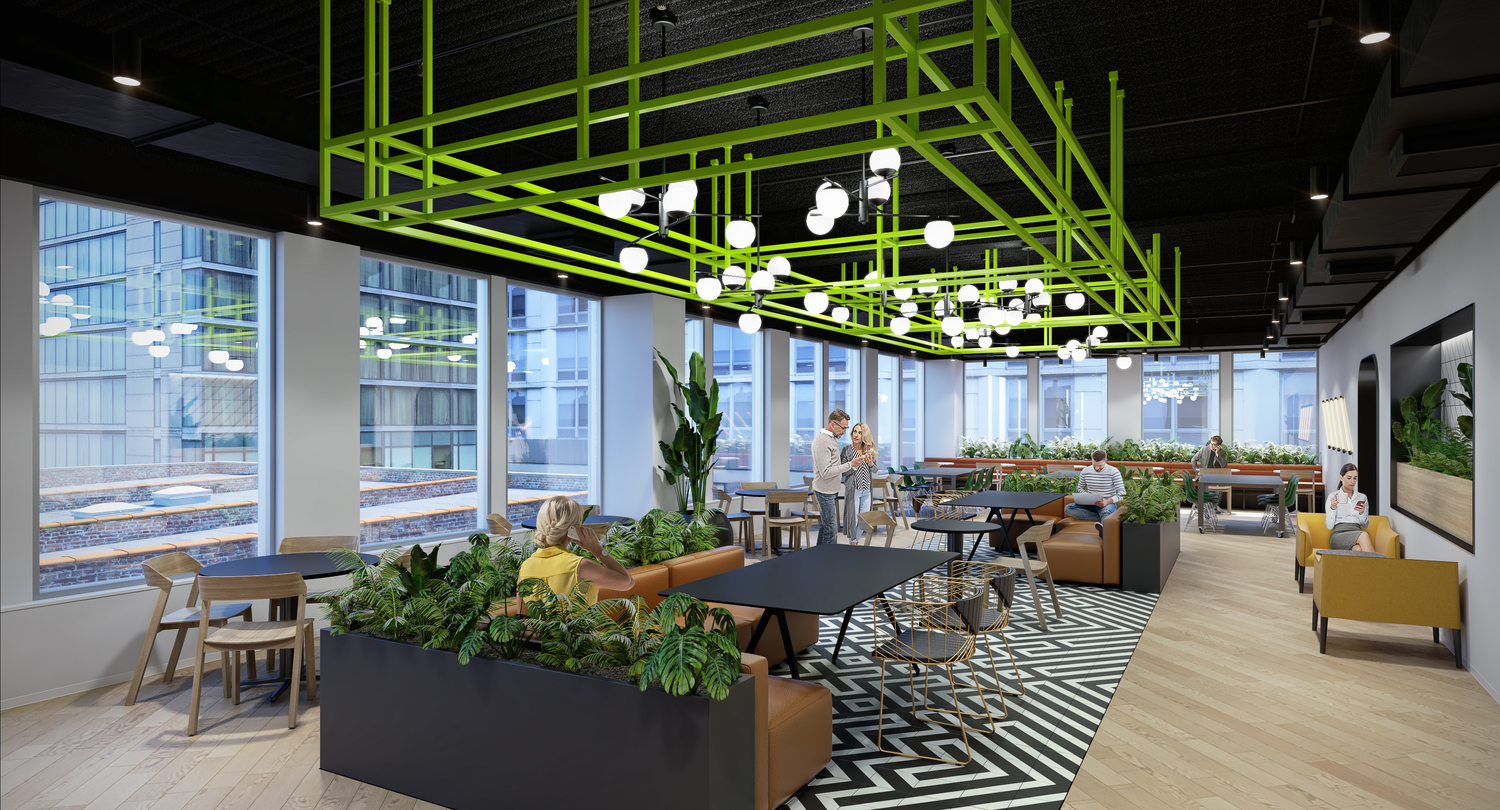
Work cafes are the social hub of an office.
Work cafes allow for spontaneous interactions, informal meetings, and collaboration. They should be integrated with technology, presentation areas, power/chargers, and Wi-Fi. These social hubs allow for connection to the organization and each other, a key element that was missing during the pandemic.
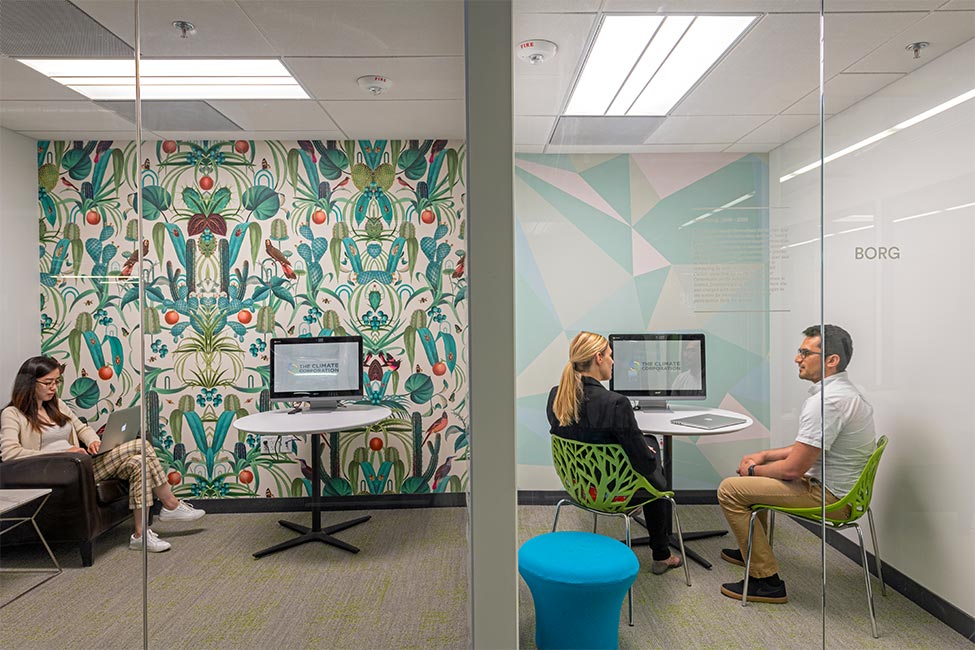
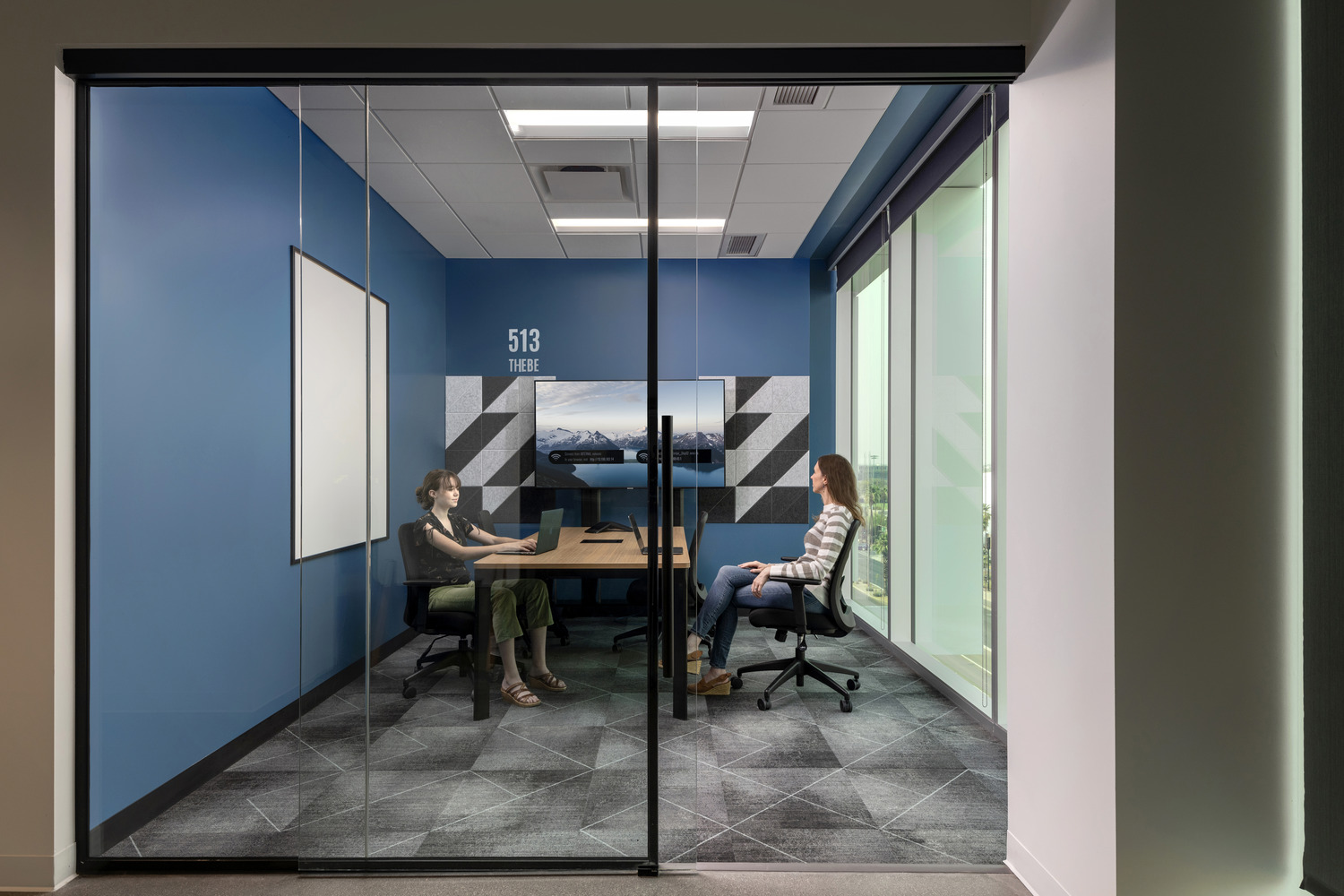
Virtual Meeting rooms for hybrid conferences and meetings.
How we meet has changed, and as workplace strategies evolve to adopt flexible working models, the ability to connect virtually is heightened. The physical workplace must allow for in-person meetings, as well as the ability to connect with a team member (or clients) working remotely from home, or in another city. Technology must be available, adaptable, and user-friendly throughout the physical office.
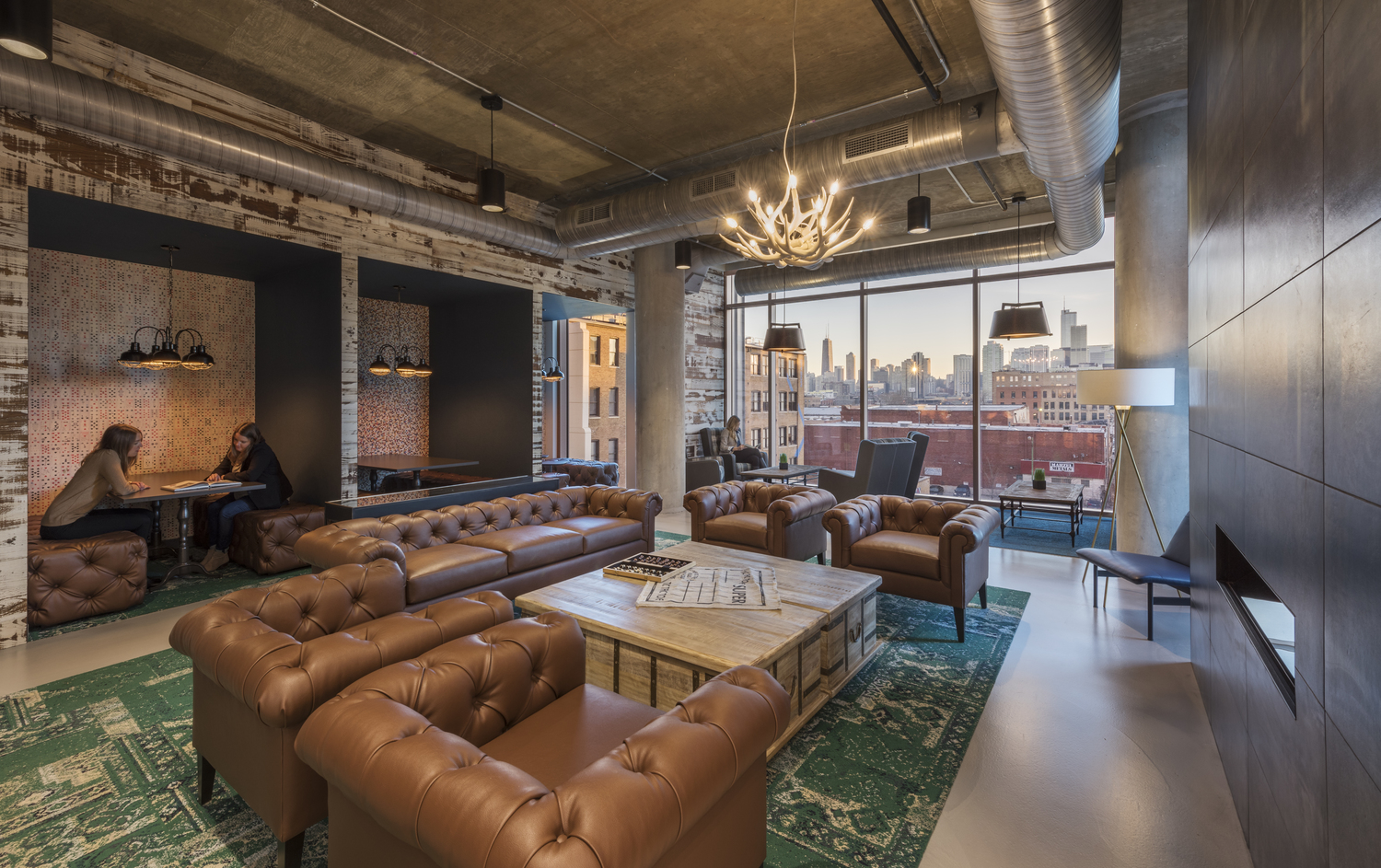
Library and focus areas for quiet zones and heads-down work.
Both open-office and work-from-home environments can be distracting. The need to provide distraction-free zones that are quiet and allow for focused work is critical. This can be as simple as changing the rules for “how to use a space” or adding a type of space that is like a library environment.
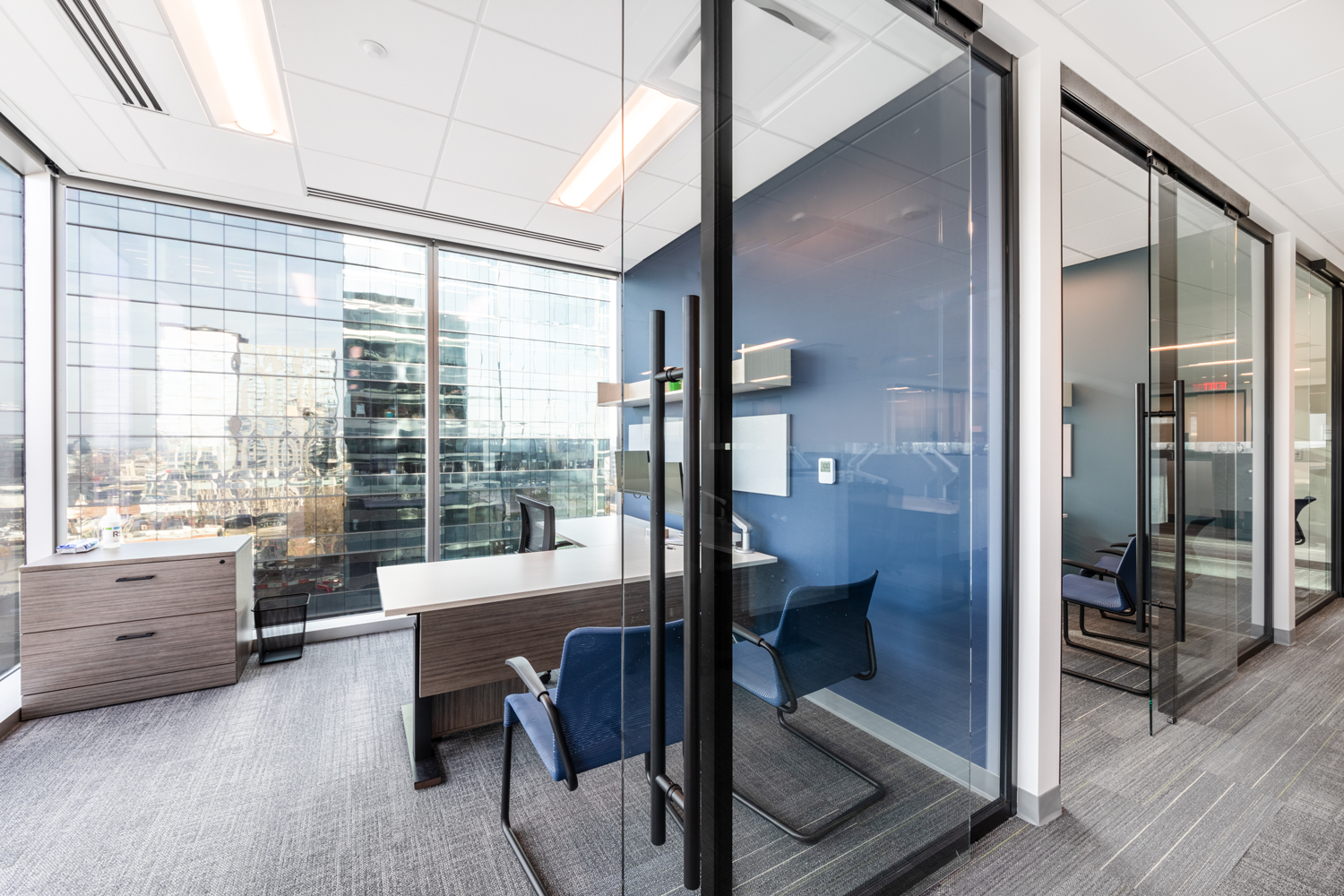
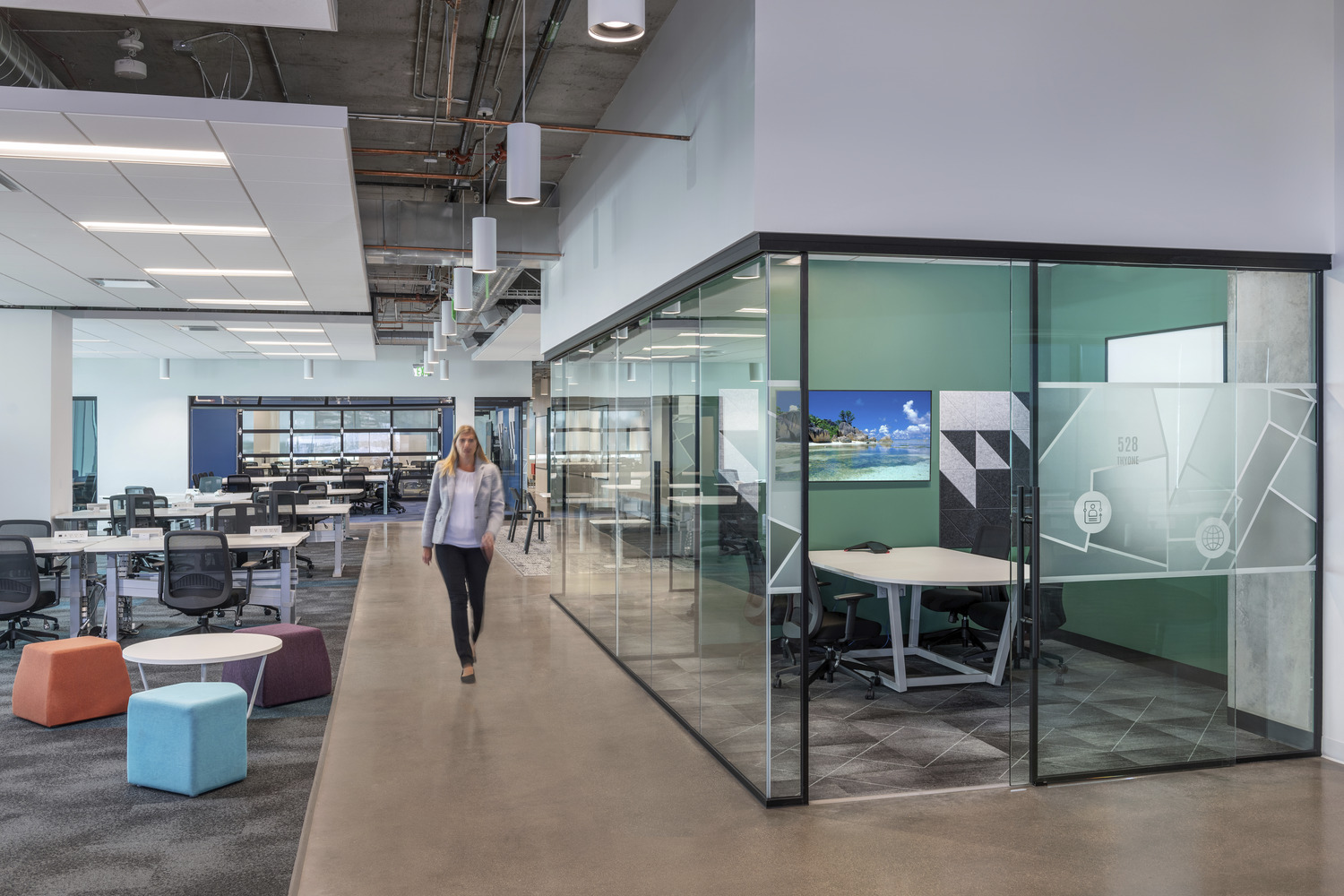
Multi-purpose offices for private space for work.
How can the private office be reimagined? The need for an area to focus with proper ergonomics remain, but we are seeing the shedding of storage and personal items from offices. Even the most hierarchical organizations are asking, “Does an office need to be dedicated to an individual who is not in every day? Or can this be a shared space?” Additionally, we are seeing alternate office layouts. Is the office footprint best laid out with a work wall and conference table, a conference table, or a traditional sit-to-stand desk? These ideas should be evaluated to provide the best place to accomplish the task at hand.
in summary
Be willing to pilot concepts to see what works best and shift along with your workforce. Change is scary, so communicate clearly and often. Share the strategic plan, the “why” behind the choices, and how it will positively affect individuals and the overall organization. Most importantly, give grace for re-evaluation as conditions evolve. High-performing companies will adapt and focus on the important things like bringing people together, mentoring, building culture, and an esprit de corps.
Top talent desires a workplace experience a cut above the rest. When you walk in the front door, you should feel the heartbeat of your organization. Thoughtfully and intentionally bring people together to drive competitive advantage by unleashing human passion and ingenuity.
Stay in Touch for Monthly Shive-Hattery Industry Insights


